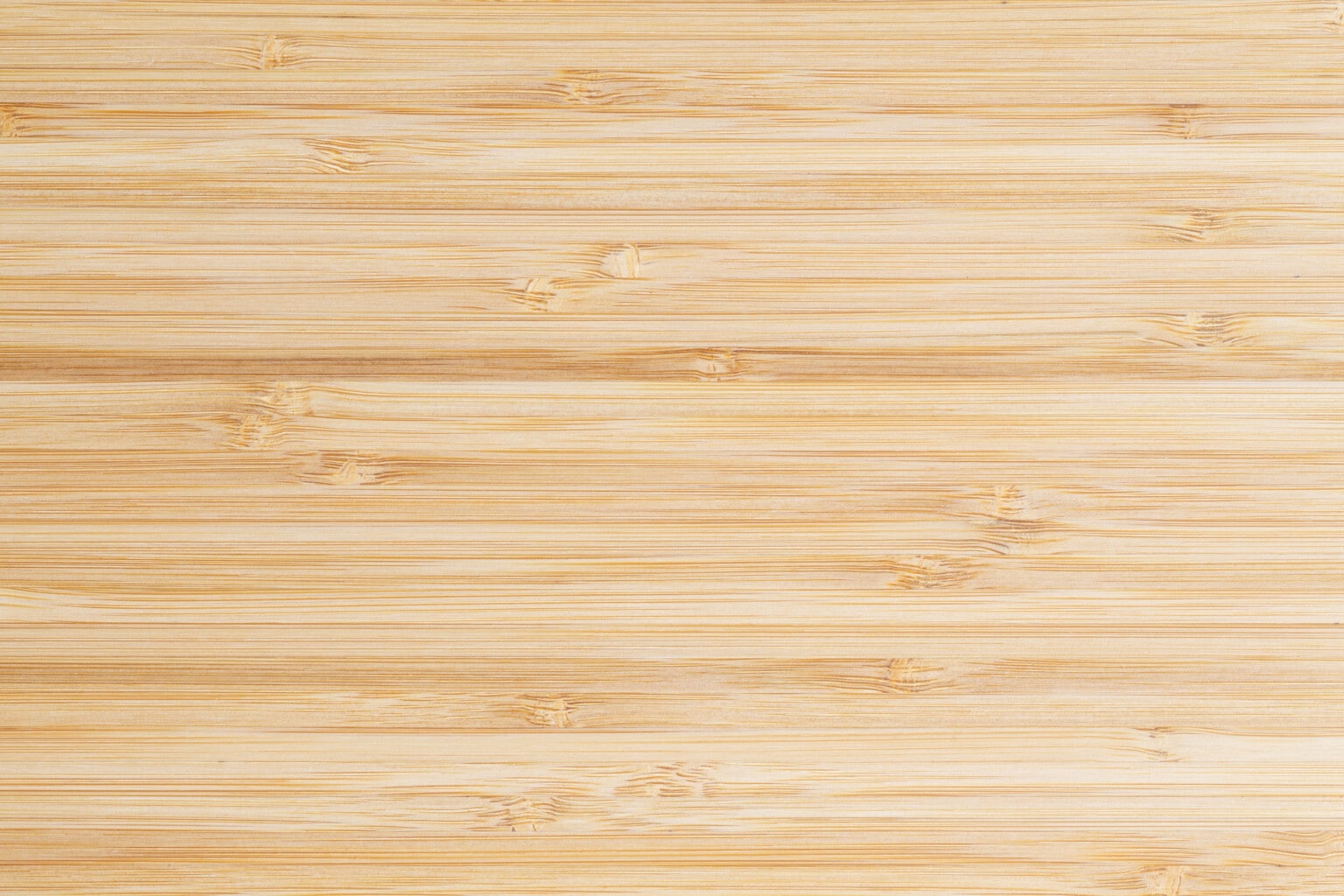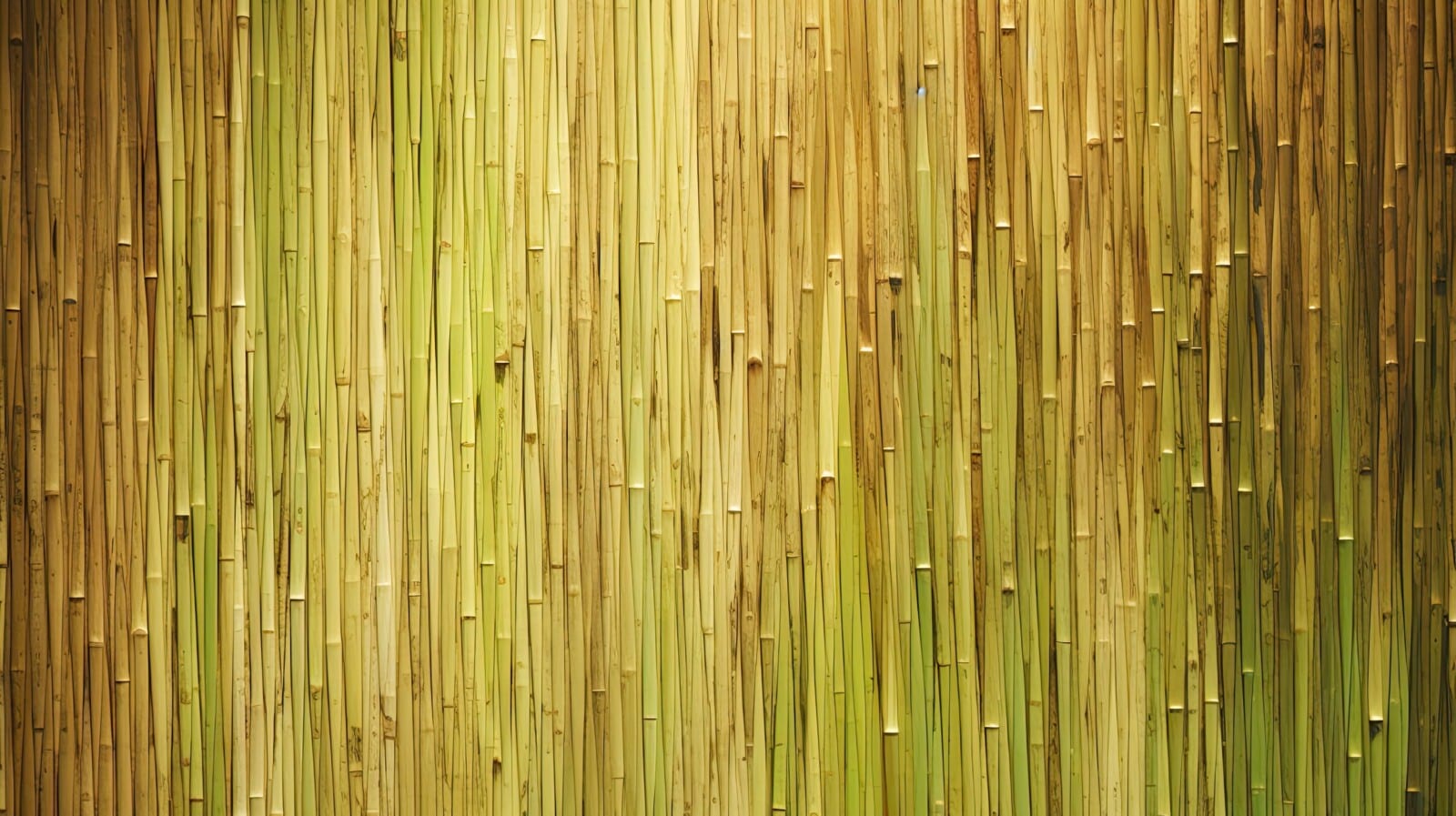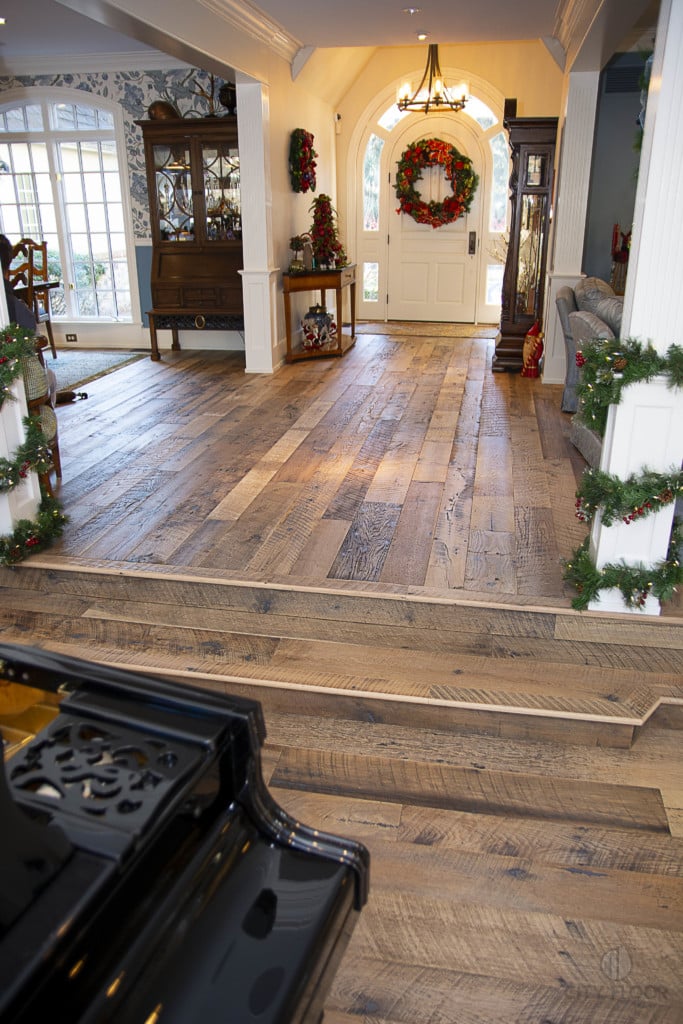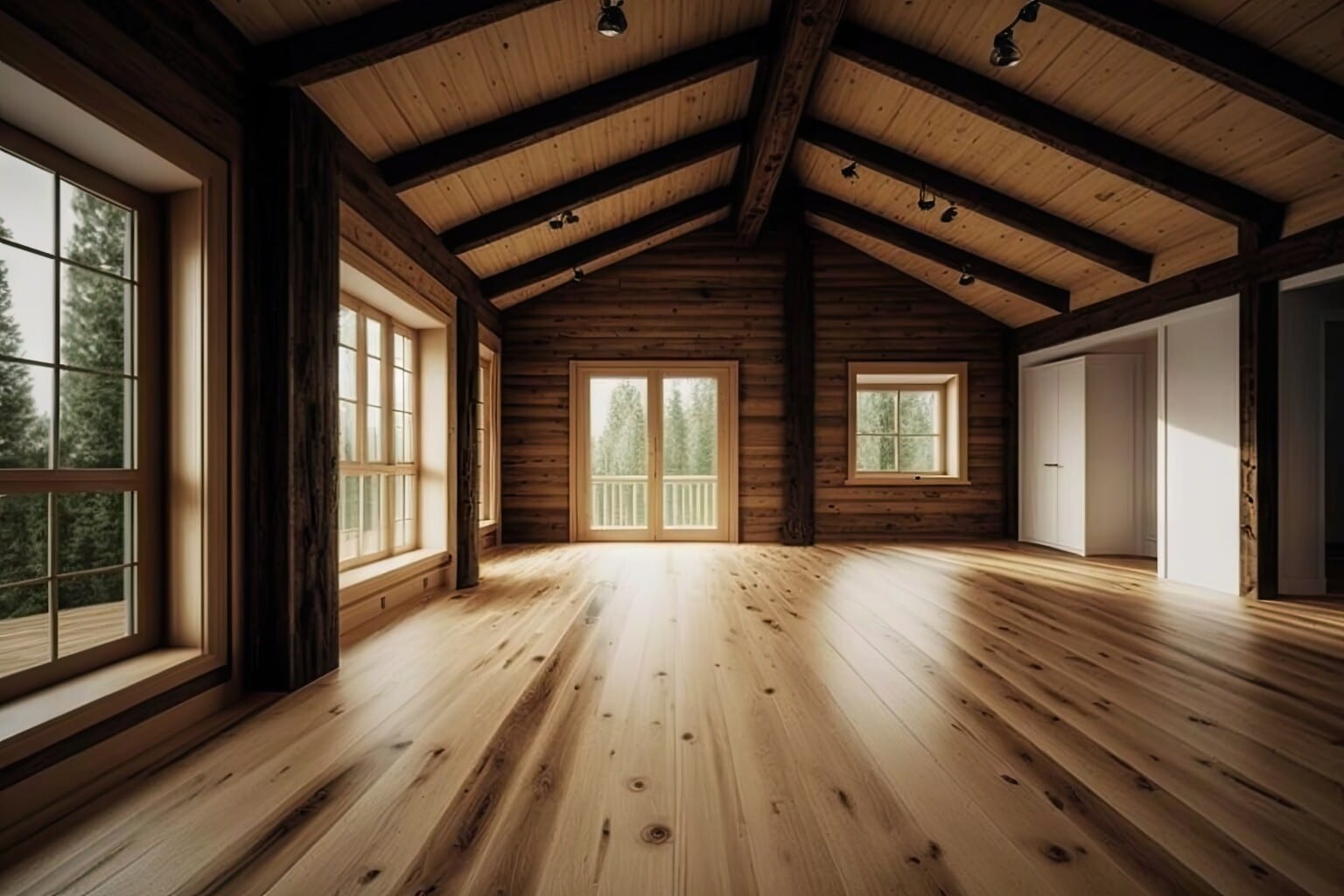Choosing the right flooring for a home is one of the most important elements of an interior remodel. There are many different options to consider, each of which has its own benefits.
Bamboo has become a popular option for homeowners seeking a unique flooring material. Its contemporary style, affordability, and perceived sustainability make it an ideal product for many consumers. However, bamboo does come with a few disadvantages that should always be considered before committing to a purchase. Below, we’ll cover the various pros and cons of bamboo flooring, as well as what alternative products exist
The Appeal of Bamboo
Overall, bamboo tends to give an open and airy feel to a home, making it aesthetically appealing for 
The lightness and softness of bamboo make it excellent for bohemian, minimalist, and Scandinavian-style interiors. It has the ability to make a room look clean and uncluttered, although it does lack the coziness of darker wood grains.
The Pros and Cons of Bamboo Flooring
While aesthetics matter, the most important flooring considerations come down to functionality. No matter which product you purchase, you want to make sure that your investment will return long-lasting value. Although bamboo flooring may be aesthetically pleasing, there are a number of structural downsides that may make it an inferior flooring material.
| Pros | Cons | |
| Bamboo Flooring |
|
|
Sustainability Considerations of Bamboo
One of the main reasons why people choose bamboo floors is because of its perceived 
However, this does not account for the energy costs associated with the global export of bamboo. A massive amount of non-renewable fuels are burned during the international shipping process, drastically reducing the sustainability of bamboo for most consumers. While bamboo flooring may truly be sustainable for consumers in Asia, customers on other continents would be better off seeking a domestic product.
Browse Alternatives at Wide Plank Floor Supply
While the stylistic difference of bamboo can be desirable for some homeowners, the functional benefits of wide plank flooring make it a superior option. The impressively long lifespan, resilient
Most importantly, wide plank flooring is much more sustainable than bamboo for North American customers because of its domestic sourcing and manufacturing. Combined with environmentally friendly logging practices, the toll that it takes on the environment is considerably less than bamboo.
Wide Plank Floor Supply is committed to maintaining a large inventory of unique wide plank species. Our time-tested milling techniques and modern flooring manufacturing technology create a product that’s exceptionally beautiful and well-constructed. View our flooring collection today and reach out for a quote.
